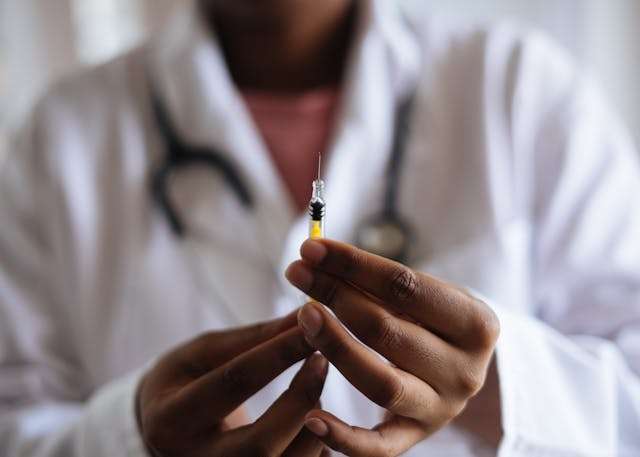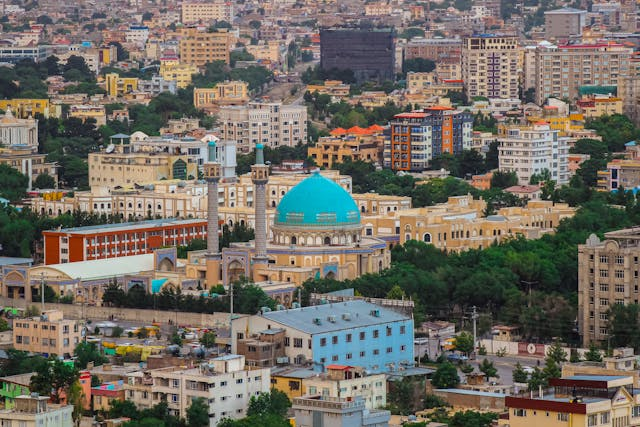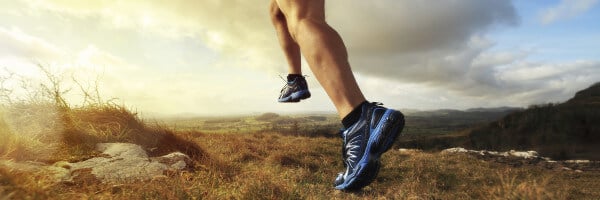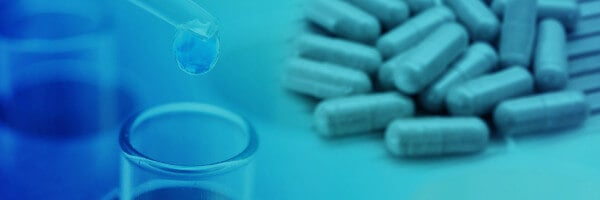(Translated by Google) Good service and kindness Edith is a very kind person (Original) Buena atención y amabilidad Edith es una persona muy amable
Read More
Is Polio Still Around?
Posted: Jun 28th, 2024 at 12:00AM

Polio (also called poliomyelitis) is a highly infectious disease caused by a virus that mostly impacts the nerves in the brain stem and spinal cord. When polio becomes severe, it can lead to paralysis, trouble breathing, and even death. How common is the polio virus? Is it more prevalent in certain parts of the world? What impact has the polio vaccine had?
This blog will cover these topics and more.
Polio Cases in the US
There have been no new cases of paralytic polio reported in the United States since 1979.
The Centers for Disease Control and Prevention does say, however, that in 2022, a case of paralysis was detected, and it was due to a cVDPV2 — meaning a variant of polio. There was also a period of time, starting in 2000, when there were three reported cases of vaccine-associated paralytic polio (VAPP) before the oral polio vaccine (OPV) was discontinued.
The Polio Virus Worldwide
The US was able to eradicate polio (we'll talk more about this shortly) but eradication efforts are still underway around the globe. Thankfully, the number of cases is declining over time.
Wild poliovirus (WPV) cases have decreased by more than 99% since 1988, dropping from approximately 350,000 across more than 125 endemic countries to around six wild poliovirus cases in 2021. More specifically, there are three strains of wild poliovirus: types 1, 2, and 3. Wild poliovirus type 2 was eradicated in 1999. Wild poliovirus type 3 was eradicated in 2020.
As of 2020, wild poliovirus type 1 remains in only two countries: Pakistan and Afghanistan.
How Many People Die From the Polio Virus?
The World Health Organization says that one in every 200 cases leads to irreversible paralysis. Among these individuals, five to 10% eventually die because the muscles that they need to breathe become immobilized.
Throughout time, we've been witnesses to frequent polio epidemics. In New York City, a 1916 polio outbreak killed 2,000 people. The worst recorded outbreak, according to the World Health Organization, was again in the US in 1952, killing more than 3,000 people.
The Global Polio Eradication Initiative
The eradication efforts in the United States were successful, which is why the infection doesn't have much of a presence here anymore. But how did we eradicate polio?
The Inception of the Polio Vaccine
We have Jonas Salk to thank. In 1955, his polio vaccine was deemed safe to use, and so began a national polio vaccination campaign. This is an inactivated polio vaccine (IPV), which means that it does not use a live polio virus. By August 1955, more than four million doses of the inactivated polio vaccine had been given. From there, cases dropped significantly. In 1955, there were 28,985 reported cases of polio; 14,647 in 1956; and 5,894 in 1957.
 Not long after, in 1962, researcher Albert Sabin developed an oral polio vaccine (OPV). This was a live polio virus but was attenuated, meaning weakened. The oral polio vaccine is no longer used in the United States (since 2000) but is still used in some countries.
Not long after, in 1962, researcher Albert Sabin developed an oral polio vaccine (OPV). This was a live polio virus but was attenuated, meaning weakened. The oral polio vaccine is no longer used in the United States (since 2000) but is still used in some countries.
The End of the Oral Polio Vaccine (OPV)
Why was the oral polio vaccine discontinued? It was linked to polio outbreaks in developing countries. However, the World Health Organization said that the problem stemmed from poor implementation of vaccine efforts and immunization campaigns and not the oral poliovirus vaccine itself.
This is why you might read about vaccine-derived poliovirus. This is a virus strain connected to the weakened but live polio virus in the oral vaccine, says the Centers for Disease Control and Prevention. If this strain is allowed to spread long enough in a population that's under-immunized or unimmunized, or if it has the chance to replicate in someone who is immunodeficient, then the strain can turn into another type of polio that can indeed cause sickness and paralysis.
This is why some people refer to it as vaccine-derived poliovirus.
So, the oral vaccine is safe and has contributed greatly to reducing wild poliovirus cases around the world. The problem, instead, is when not enough people have received some sort of polio vaccination. It might be "vaccine-derived," but a lack of polio vaccination coverage is the real issue.
For this reason, while the oral polio vaccine did help control the spread of the wild poliovirus, it proved to be less than ideal, which is why the US offers the inactivated polio vaccine only.
Learn more about the history of the polio vaccine.
The Polio-Free United States
Despite a minor setback with the oral polio vaccine (OPV), America became the first country in the world to be certified polio-free by the World Health Organization in 1994! It truly took a village — many thousands of healthcare workers, epidemiologists, and countless other polio workers.
If you or a loved one needs to receive your polio vaccination or have upcoming travel plans, learn more about how e7 Health can help. We offer the inactivated injectable vaccine in the Las Vegas Valley.
The Global Eradication Initiative Continues
While polio is still an ongoing problem in only two countries (Afghanistan and Pakistan), as long as it has a presence in the world, everyone is at risk. Therefore, the Global Polio Eradication Initiative continues to work to implement polio eradication across the entire planet. A global effort is especially vital considering some countries don't have great public health measures and polio vaccination efforts (or many vaccination efforts, in general). Plus, travel and trade links to and from endemic countries mean that the virus could indeed find its way back to places where polio eradication efforts had already proved successful.

The Path to Eliminate Polio Worldwide
Eliminating infectious diseases takes a unified effort, and fighting polio is no different. Vaccination efforts continue around the globe.
If you have not yet gotten the injectable vaccine, and especially if you're traveling to a part of the world where vaccination rates are low, talk to your healthcare provider about how to stay polio-free.
And if you're in Las Vegas, book an appointment with e7 Health or contact us today with any questions.

OMG, so e7 is one-of-a-kind in Vegas. My husband needed a TB Skin Test and I was able to book for the next hour. The staff actually answers the phone, right away. They are kind and nice. Upon arrival, at e7 Windmill location, the receptionist (who's name I do not have) was so kind, nice, and caring. She's a gem. During our brief wait for my husband's appointment, I witnessed the interaction between staff members and also, their clients. It's amazing that the entire, big e7 Team loves each other and what they do. You do not see this anywhere else. The team's interaction was magical. AND then how each staff member interacts with their patient, well... just unique. My husband had Alia, who definitely folded her Angel Wings in to fit in to the treatment room. What an amazing being. So patient, as my husband was on a walker and not so ambulatory. She explained all so clearly and easily. Truly, we have never experienced such CARE not just in Vegas, but anywhere. She also went above-and-beyond for us as to the next step. e7 scared me at first online, but now, they are my Go To and I have already recommended to many. God bless Alia and all. The Team truly LOVE what they do and it shows.
Read More

















